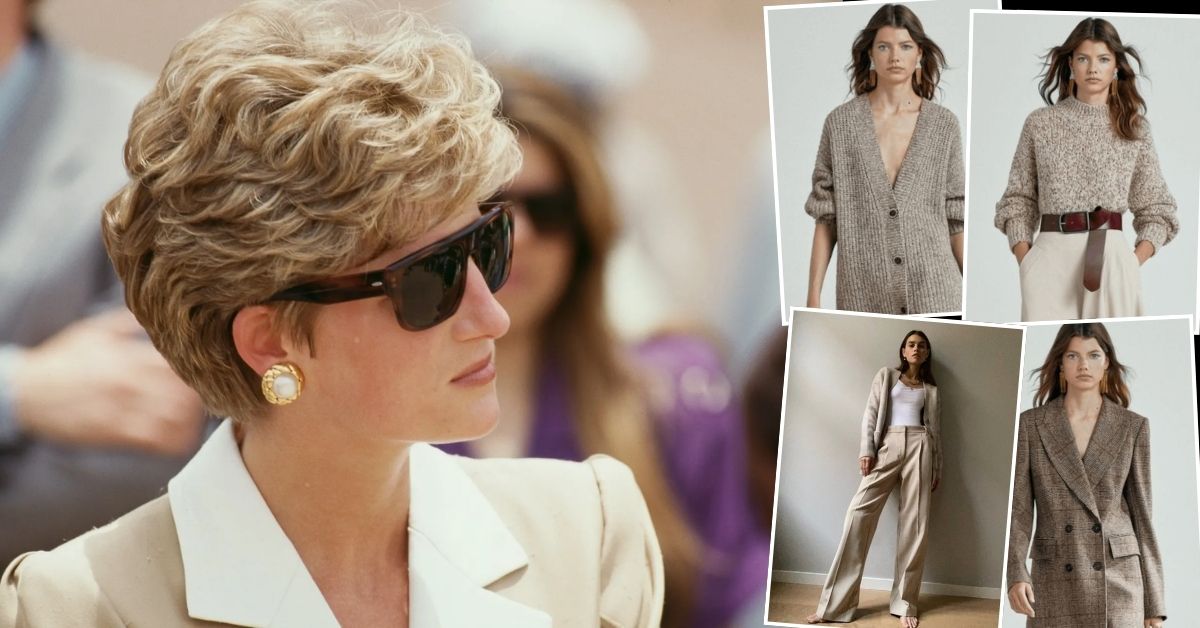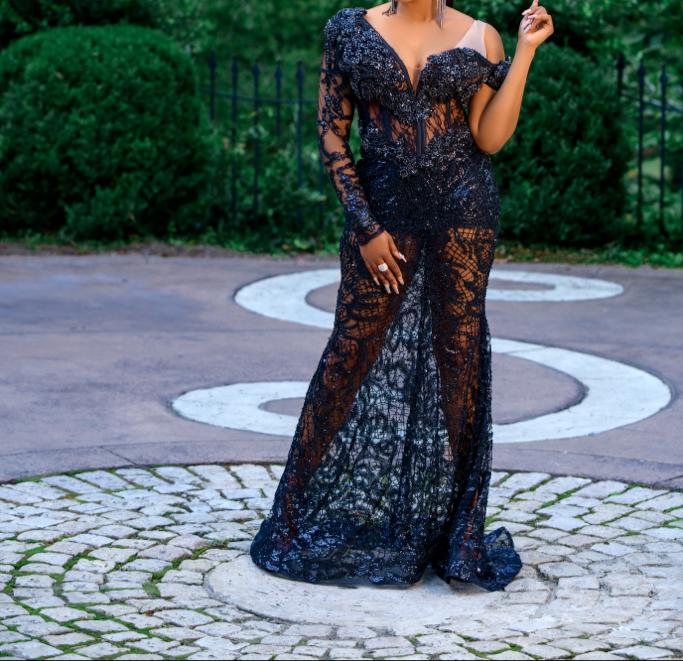Remember when designer logos were practically screaming from every outfit? Well, the tide has turned, and fashion’s newest obsession is, ironically, anything but new. The “Old Money” aesthetic has taken over our social media feeds and wardrobes, bringing with it a whisper of heritage luxury that’s making us all rethink what true style means in the 2020s.

What’s Old Money? Think Less Kardashian, More Kennedy
If you’re picturing stuffy country clubs and tennis sweaters tied around shoulders, you’re only getting half the picture. Today’s Old Money style is a fresh take on generational wealth dressing – imagine the understated elegance of vintage Ralph Lauren ads mixed with modern minimalism. It’s not about showing off; it’s about knowing better.

The Building Blocks of Old Money Style
Picture this: You’re raiding the closet of someone whose family has had a summer house in Martha’s Vineyard for generations. What would you find? Here’s the blueprint:
- The Art of Tailoring: Nothing screams “new money” quite like ill-fitting designer clothes. Old Money style prioritizes impeccable fit above all else. A $50 perfectly tailored thrift store blazer will always look more expensive than a badly-fitted $5000 one.
- The Color Palette of Privilege: Think of every prep school uniform ever – navy, camel, ivory, and grey. These colors aren’t just classic; they’re practical. They mix and match effortlessly, creating that “I just threw this on” look that actually takes generations to perfect.
- Fabric First: Here’s where the real luxury whispers. Cashmere that gets softer with each wash, wool that drapes just right, and cotton so fine it feels like silk. The secret? These materials actually look better with age, unlike their synthetic counterparts.
Why Is Everyone Obsessed with Old Money Style Now?

Let’s talk about timing. In an era of fast fashion fatigue and logo exhaustion, the Old Money aesthetic feels like a breath of fresh air. Shows like “Succession” have given us a front-row seat to the understated wardrobes of the ultra-wealthy, while economic uncertainty has us all thinking twice about trendy purchases.
Making Old Money Style Work in Real Life
Here’s the fun part – you don’t need a trust fund to nail this look. Start with these game-changers:
- Think of your wardrobe like a blue-chip investment portfolio – classic pieces that appreciate in style over time
- Master the art of the “third piece” – a blazer, cardigan, or well-cut coat that elevates everything
- Learn to spot quality (hint: it’s all in the seams, buttons, and fabric weight)
- Embrace the power of alterations – even fast fashion can look expensive when it fits perfectly
Where Is This All Heading?

As we move further into the 2020s, this isn’t just a trend – it’s a shift in how we think about fashion. Brands are noticing, with many pivoting away from flashy logos toward quieter, more refined pieces. Even fast fashion giants are trying to capture that old-world elegance, though they’re missing the crucial quality aspect.
The real beauty of Old Money style? It’s sustainable, both for your wallet and the planet. When you invest in quality pieces that transcend trends, you’re not just building a wardrobe – you’re creating an inheritance of style that could actually last generations.
The next time you’re tempted by a trendy piece plastered with logos, ask yourself: “Would this look as good in photos 50 years from now as it does today?” That’s the Old Money mindset, and it’s here to stay.




